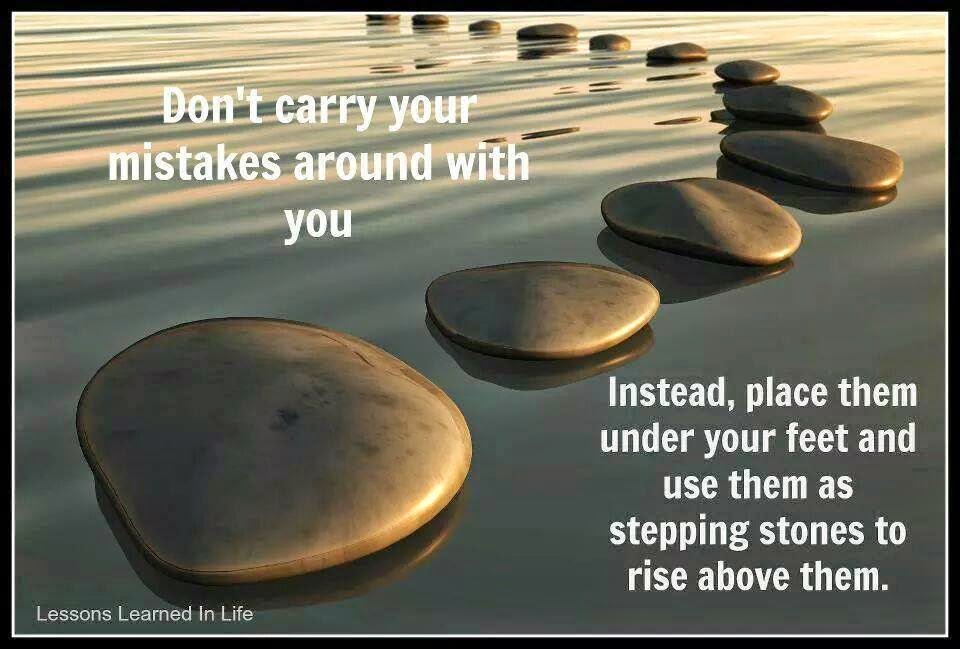If you remember the images after the tsunami that struck the day after Christmas in 2004 or after Hurricane Katrina came ashore in New Orleans the next year, there is an eerily familiar quality to the images we are seeing and eyewitness reports we are hearing today from Japan.
Events are still unfolding, of course, and it appears that the losses of lives and property do not yet reach the levels of either the tsunami or the hurricane — Hawaii seems to have been spared the brunt of it — but if you remember 2004, you will remember that the most devastating waves were the ones that spent hours traveling across the Indian Ocean, not necessarily the ones that struck near the quake zone (although those waves were pretty devastating).
Today, after the waves that weren't stopped along the way completed their journey across the Pacific Ocean, we have been hearing reports of damage in northern California and in Oregon.
And, as the waves move to the south, they will surely gather momentum.
Details will continue to emerge. The death toll is almost certain to continue to rise. Like the aftermath of the earthquake in Haiti, repairing the damage will be a long–term project.
Some lives have been irreparably altered.
As we wait for the entire picture to come into focus, some are pondering questions that should have been asked not too long ago — and, after what has happened, you have to wonder, is it too late to ask them now?
Matthew Daly of the Washington Post reminds readers that House Republicans voted for deep cuts in the Pacific Tsunami Warning Center budget last month.
I doubt that the Democrat–controlled Senate will go along with the idea. They seemed sure to question its wisdom before the earthquake in Japan. I have no doubt that they will reject the proposal now.










No comments:
Post a Comment